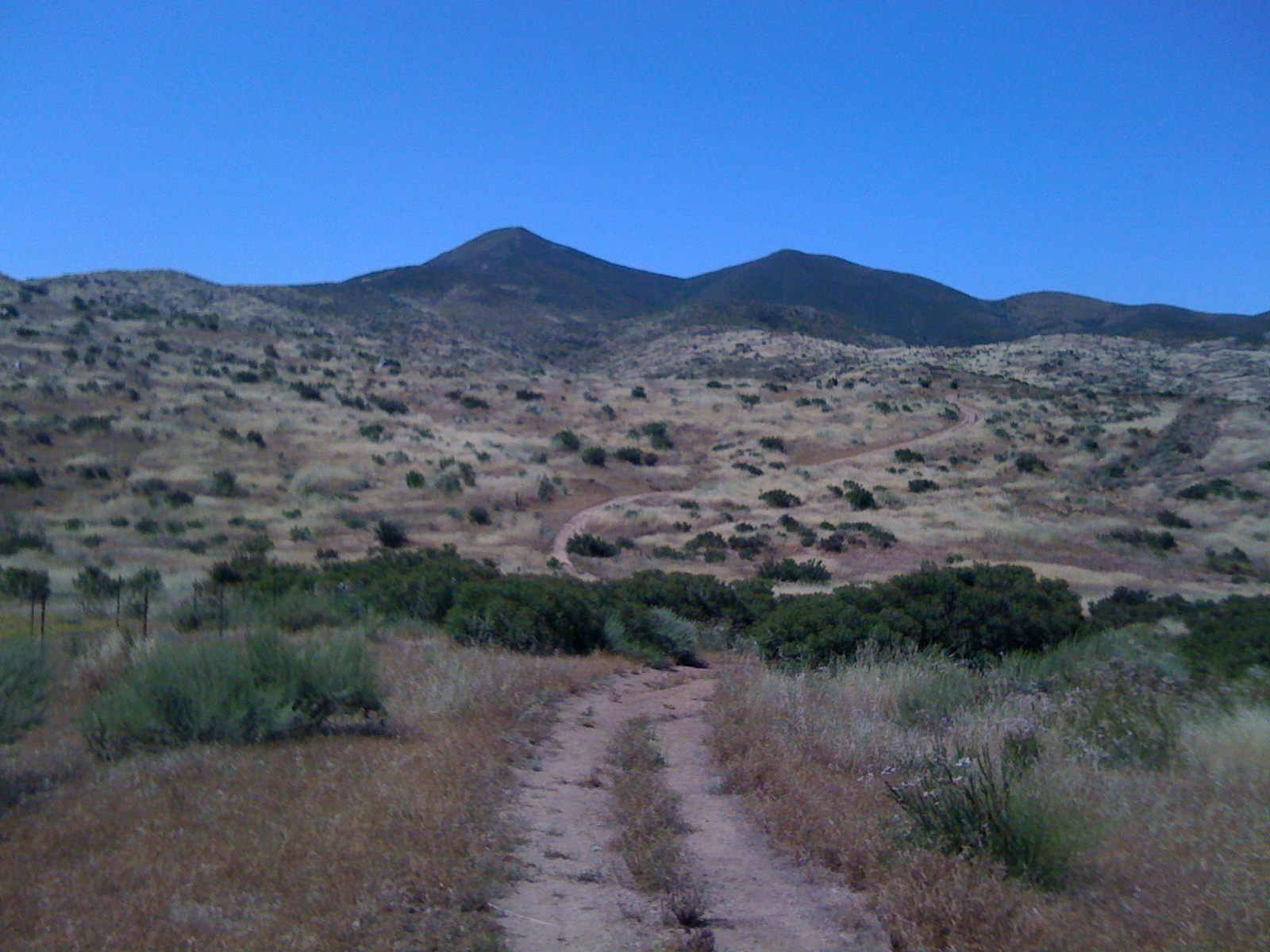In a heartening win for environmental preservation, the San Diego environmental community is abuzz with excitement over a landmark land purchase that will safeguard a significant stretch of undeveloped land. Nestled between Proctor Valley in Jamul and Chula Vista, this acquisition encompasses nearly 1,300 acres of the pristine coastal sage scrub habitat, earmarked for permanent preservation.
This conservation success story unfolds with the signing of a sale agreement aimed at preventing the transformation of this tract into a sprawling urban development, which would have further extended Chula Vista’s footprint. The transaction, valued at an impressive $60 million, is a strategic move to protect a vital piece of Southern California’s natural heritage. The funds for this purchase are pooled from several key contributors: the California Wildlife Conservation Board with a $30 million investment, the U.S. Department of Homeland Security contributing $25 million, and both the U.S. Fish and Wildlife Service and The Nature Conservancy adding $2.5 million each.
The land in question is a living snapshot of Southern California’s landscape as it was a century ago, boasting native grasslands, coastal sage scrub, chaparral, and the picturesque Proctor Valley Creek. This acquisition not only celebrates the region’s natural beauty but also plays a critical role in the protection of endangered species like the San Diego fairy shrimp, Quino checkerspot butterfly, and the California gnatcatcher. These species find refuge within this parcel, now part of the Rancho Jamul Ecological Reserve, highlighting the area’s importance as a core biological site under San Diego County’s Multiple Species Conservation Program.
The journey to this momentous conservation effort was not without its challenges. The land, previously approved for the construction of over 1,100 homes, faced opposition from the Sierra Club among others. The environmentalists’ concerns were twofold: the potential loss of critical habitat for endangered species and the increased wildfire risk to future residents. Their legal battle culminated in a court decision that paved the way for negotiations, leading to the land’s sale to conservation groups.
This agreement stands as a powerful testament to what can be achieved through partnership and unwavering commitment to environmental preservation. By securing this tract, the concerted efforts of all parties involved also bolster the region’s broader conservation investments, ensuring the protection of Southern California’s natural legacy for generations to come. The story of this land purchase is not just a local victory; it’s a beacon of hope for conservation efforts worldwide, demonstrating the profound impact of collective action in safeguarding our planet’s irreplaceable ecosystems.


